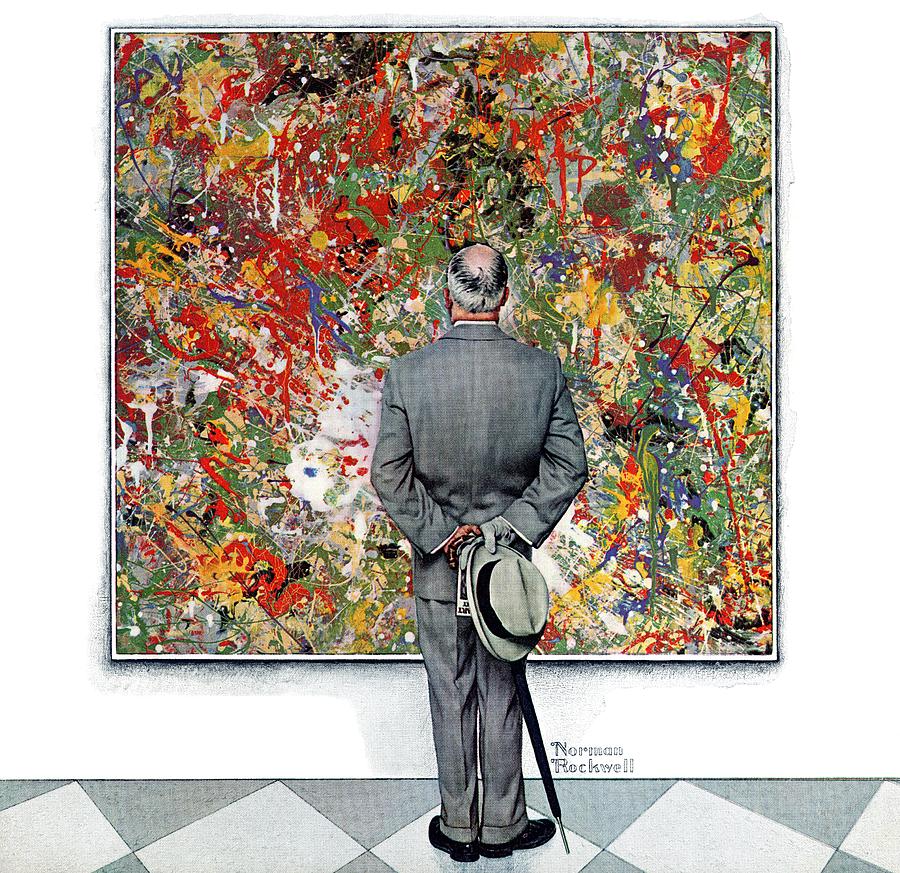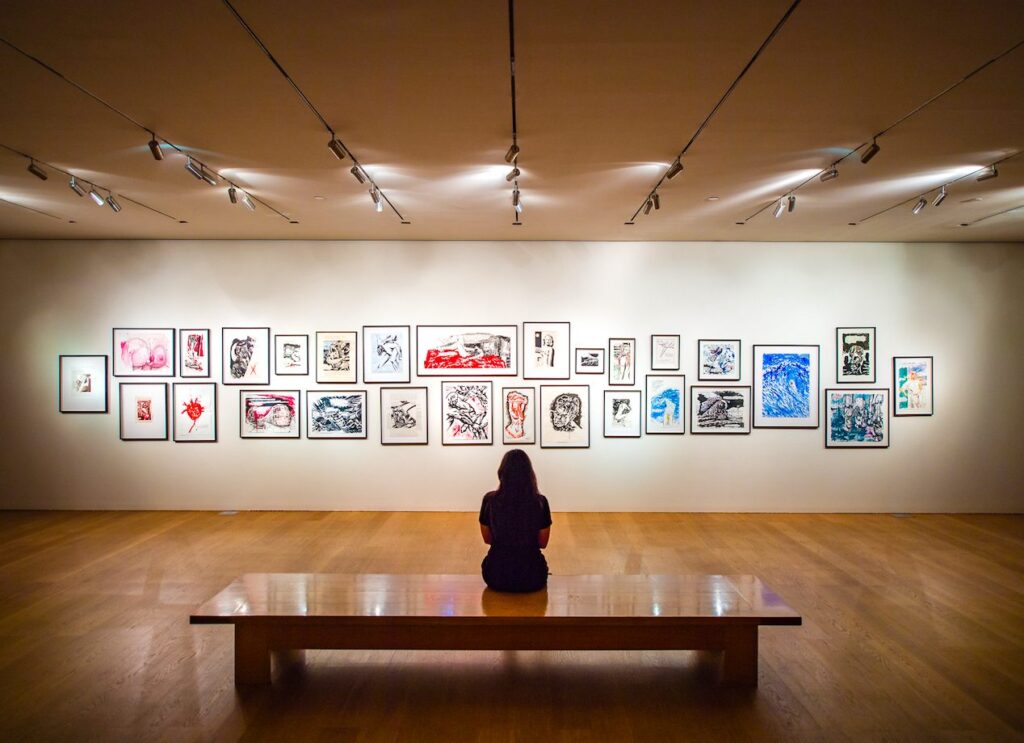Connoisseurship
One of the main ways art can be authenticated is through analysis of its style and technique. Connoisseurship is the process of using visual evidence to authenticate a work of art. A connoisseur is an art historian who studies the oeuvre of a particular artist. Due to the costly and often destructive nature of scientific testing, consulting a connoisseur is often chosen as the first step of authentication. Prior to methods of scientific testing, connoisseurship was the main method of determining authenticity. As part of the consultation process, an art historian examined various aspects of a work, including style, medium, and technique, to see if they aligned with known practices of the artist and compare the work to already authenticated examples. While this is no longer the only method of determining authenticity, it is still performed.


Scientific Analysis
Scientific testing is a more complicated means of determining authenticity than one might initially believe. Often the results can be inconclusive and the result can be interpretated in different ways. Beyond the ambiguity of this testing, it is also expensive.
Over the course of the semester, the class met with museum professionals in person and on Zoom. Nearly all mentioned how cost prohibitive scientific testing can be to determine authenticity.
Additionally, a number of the processes involved in scientific analysis require the partial destruction of the work to complete the testing. This can cause significant conservation problems, such as unraveling part of a tapestry, or result in damage that is unrepairable.
Scientific analysis comprises four main categories: material characteristics (ex: trace elements, age/aging of the material), materials manufacture (ex: binders, grinding method, additives), object manufacture (ex: layers of application, restorations), and materials behavior (ex: aging characteristics) (Sloggett 6-7, 2019).

Provenance
Provenance is the third and arguably most important method of authentication. Essentially, the provenance is the history of an object from creation to loss or destruction. A work of art with a complete provenance has recorded information from each part of its history. This includes who made it and when and it’s history of ownership. Most works, however, lack complete provenance for many reasons. The older an object is, the less likely it will have a complete provenance.
An object or work of art with a complete provenance can be tracked easily and efficiently, which makes it easier to prove its authenticity. An object without provenance or major gaps in its history of ownership should be seen as suspicious; however, famous auction houses, museums, and cultural institutions often accept many objects and works of art with little to no provenance into their collections.
As a result, most collections likely own forgeries that will never been discovered. Once a forgery enters a legitimate collection, it gains additional authenticity. This is one way that fakes, forgeries, and stolen works of art from the illegal side of the art market become integrated into what is considered to be the legal side of the art market.
The Legal Art Market

The art market is a vast network spanning across countries and between continents. It includes wealthy art buyers, auction houses such as Christie’s and Sotheby’s, museums and cultural institutions, customs agents and regulative governmental agencies, and more. Ideally, the legal art market knowingly conducts legal operations only, but it is not that simple. Objects with little to no provenance are often sold at auction houses and then acquisitioned into museum collections or sold to private owners. The illicit or illegal art market often overlaps with the legal art market in this way.
The Illegal Art Market

The illicit art market involves many of the same key players of the legal art market in addition to looters, black market buyers and sellers, and nefarious intermediaries between sellers and institutions. For many years, cultural institutions and governmental agencies have been concerned about the illicit art market, because the repercussions of art crime can be as damaging as funding terrorism. However, it has proved to be a real challenge to identify and control this, because there are so many moving parts. Communication, collaboration, and education are some of the strongest tools that countries can employ to begin identifying art crime to halt its progress.